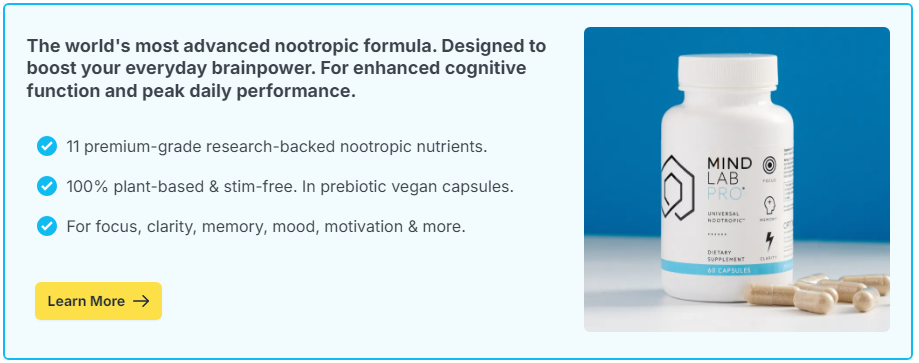
Often, yes. Light to moderate cardio can lift mood chemicals, improve blood flow, and quiet mental noise, which helps ideas surface and connect. The effect is strongest shortly after activity and with routines you can repeat most days.
Contents
Why Cardio Can Spark Ideas
Creativity depends on two systems: focused attention for shaping ideas and a more relaxed “default mode” for generating them. Aerobic movement nudges brain chemistry and networks toward a flexible middle ground where insights are more likely.
Neurochemistry And Mood
Cardio raises dopamine and norepinephrine, which support motivation and focus, and boosts endorphins and endocannabinoids that lift mood. A better mood broadens attention and makes it easier to see novel links.
Blood Flow And Brain Waves
Steady movement improves cerebral blood flow and tends to increase alpha waves associated with relaxed alertness. That state helps you play with ideas without overthinking them.
Incubation Effect
Stepping away for a walk or easy ride gives your mind time to unconsciously combine pieces of a problem. Many people notice “shower thoughts” show up during or after movement for the same reason.
What Types Of Cardio Help Most
Pick activities that are rhythmic, low complexity, and comfortable enough that you can keep a steady pace without gasping.
- Walking: The simplest creativity tool. Outdoor walks add sunlight and novelty.
- Easy Jogging Or Cycling: Keep effort conversational so you can think while moving.
- Elliptical Or Rowing: Good indoor options with repeatable rhythm.
When To Pair Cardio With Creative Work
Timing matters. Use movement to prime idea generation, then switch to focused editing or drafting once you cool down.
Pre-Work Prime
Do 10–20 minutes of brisk walking before brainstorming or outlining. Capture quick notes immediately after while ideas are fresh.
Mid-Block Reset
Hit a wall? Take a 5–10 minute walk to restart momentum. Short “incubation breaks” can be enough to unlock solutions.
End-Of-Day Synthesis
Use a longer, easy session in the late afternoon to reflect on the day’s work and set one question for tomorrow.
Simple Weekly Plan
Consistency beats intensity. Start small and link movement to specific creative tasks so the habit sticks.
- Most Days: 20–30 minutes of brisk walking or light cycling.
- Two Days: 30–45 minutes at an easy, steady pace for deeper idea time.
- Micro-Bursts: 5–10 minute walks between work blocks to maintain flow.
- Notebook Rule: Carry a phone or card to capture ideas immediately after each session.
Common Mistakes To Avoid
Small errors can turn a creativity boost into a drain. Adjust these early.
- Going Too Hard: Intense intervals exhaust attention. Save high-intensity work for fitness days, not idea generation.
- Multitasking With Screens: Doomscrolling on a treadmill blocks incubation. Keep the session screen-light or screen-free.
- Skipping Fuel And Hydration: Arriving depleted leads to brain fog. Drink water and, if needed, have a light snack beforehand.
- Irregular Schedule: Rare long workouts help less than frequent short ones. Aim for most days.
Who Benefits Most
Writers, designers, developers, students, and leaders who spend long hours at a desk often see clear gains. People with high stress or rumination may notice fewer intrusive thoughts after consistent movement, making creative work less effortful.
Safety And Special Cases
If you have cardiovascular, joint, or metabolic conditions, get medical guidance before increasing activity. Start with gentle walking and progress gradually. If you feel dizzy, chest pain, or unusual shortness of breath, stop and seek care.
Regular, light-to-moderate cardio often boosts creativity by improving mood, blood flow, and the balance between focused and free-associative thinking. Walk or pedal most days, keep the effort conversational, and use the first 30 minutes after exercise to capture your best ideas.

